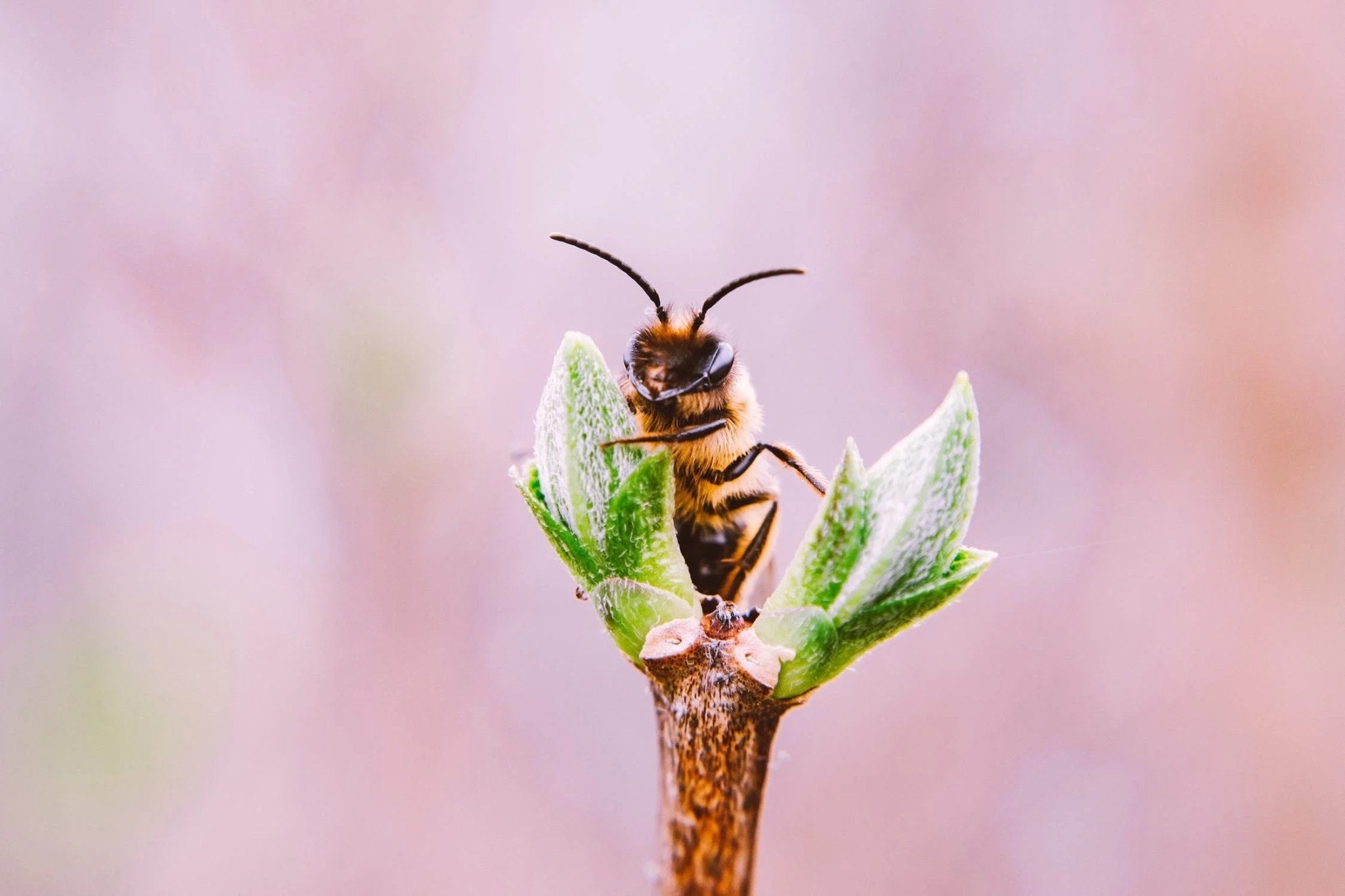Macro photography is a fascinating technique that captures close-ups of the photographer's subjects - usually flowers, insects, or human eyes. One of the more challenging subjects for macro photography is our cute little pesky friends, insects. Since insects are moving targets, capturing them will take more effort.
Check out this guide to help you take the best macro insect photography to wow your portfolio. These tips can also be used when photographing flowers.
How to Shoot Macro Photography of Flowers and Insects?
- Choose the Best Camera Settings
- Pick the Right Time
- Research the Insect You're Photographing
- Get Really Close to Your Subject
- Be Clever with Your Angles and Composition
- Find Vibrant Colors in Nature
- Choose a Focal Point
- Let Your Subject Be in Their Natural Habitat
- Dare to Catch Them Soaring
- Practice Makes Progress
Choose the Best Camera Settings
Understand your camera and how its settings work. It would help to use an aperture priority mode when shooting insects for macro photography. First, you must set your aperture to align with the depth of field you are trying to achieve. Next, set your ISO to match your lighting, and then your camera should automatically select the best shutter speed. If this setting doesn't work out for you, you should experiment with trial and error.
I wrote an entire article dedicated to camera settings, you can read it here: Camera Settings Guide – Best Camera Settings in Photography
Pick the Right Time
Insects are always out, but some insects come out more at certain times. Typically, you will find insects out and about in the early morning. During these times, they will be less active, making it the perfect time to snap a picture of them. Not only will they be less active, but you will also get gorgeous morning colors and a nice glow to your photographs. Another great time to photograph insects would be a cloudy day after it rained. The sun won't be too bright, and you will get cute little dew drops with the insect!
Related article: Camera Settings for Cloudy Day
Research the Insect You're Photographing
Do your homework if you have a particular insect in mind. You will want to research the insect as much as possible to understand its behaviors. This will help you know when they are less active, what they eat, and where you will find them.
Do your homework if you have a particular insect in mind. You will want to research the insect as much as possible to understand its behaviors. This will help you know when they are less active, what they eat, and where you will find them.
Get Really Close to Your Subject
Get close, like really close. Macro photography's goal is to literally get a close-up. One of the best ways to do this is to use a longer macro lens with a magnification ratio of 1:1 - opt for a 105mm macro lens. This will get you close and personal with your new little friend without scaring him.
Related article: Close up Photography: How to Take Stellar Close-Up Shots
Be Clever with Your Angles and Composition
Stand at different angles and get creative with your composition. Taking a photo of a ladybug on a flower petal will give you another image each time you stand at varying angles. If you stand above the flower, you will get the back of the ladybug showing off both of its red wings. If you stand at the side, you will get a profile of the ladybug. Each angle will also offer a different point of interest.
Related article: Photography Composition Techniques
Related article: Landscape Photography Composition
Find Vibrant Colors in Nature
Look out for vibrant colors to add interest and make your insect stand out. Let's use the ladybug from the example above. If you photograph it on top of a red flower, it will blend right in and become one with the flower. However, if it is on top of a bright yellow sunflower, its little red wings will pop.
Choose a Focal Point
Find an excellent focal point for your photograph to help you emphasize your subject. Elaborate wings or eyes are usually the best options. Butterflies and ladybugs offer great wings to focus on, and another option is to focus on their eyes. Most bugs have enormous eyes, which makes them easy to use as your target to focus.
Related article: What is Emphasis in Photography
Let Your Subject Be in Their Natural Habitat
Try to not bother them as much as possible. You may be tempted to move the insect to a better background, but that is only sometimes smart. Let them be - don't disturb them, especially if it's a bug with stingers or one that bites. We don't need any injuries!
Dare to Catch Them Soaring
This might be the most challenging yet rewarding shot - your bug mid-air! Catch an insect in flight by pre-focusing on your subject, use a tripod, fast shutter speed, and shoot in bursts. Remember, be steady and careful while your camera pans the insect - you don't want a blurry shot.
Practice Makes Progress
Stay calm if your first few shots achieve the desired results. Keep experimenting and practicing to get the best picture. The more photos you take, the better your chance of getting the perfect shot.
The guide above should help you get the best insect photographs with the macro technique. Practice as much as possible and do your research on your desired insect. And remember to stay safe! Research if your bug of choice can cause harm and what you should do if you get stung or bit.
Related article: Macro Eye Photography
Related article: Camera Settings for Cloudy Day
Related article: Landscape Photography Composition
Related article: Close up Photography: How to Take Stellar Close-Up Shots












